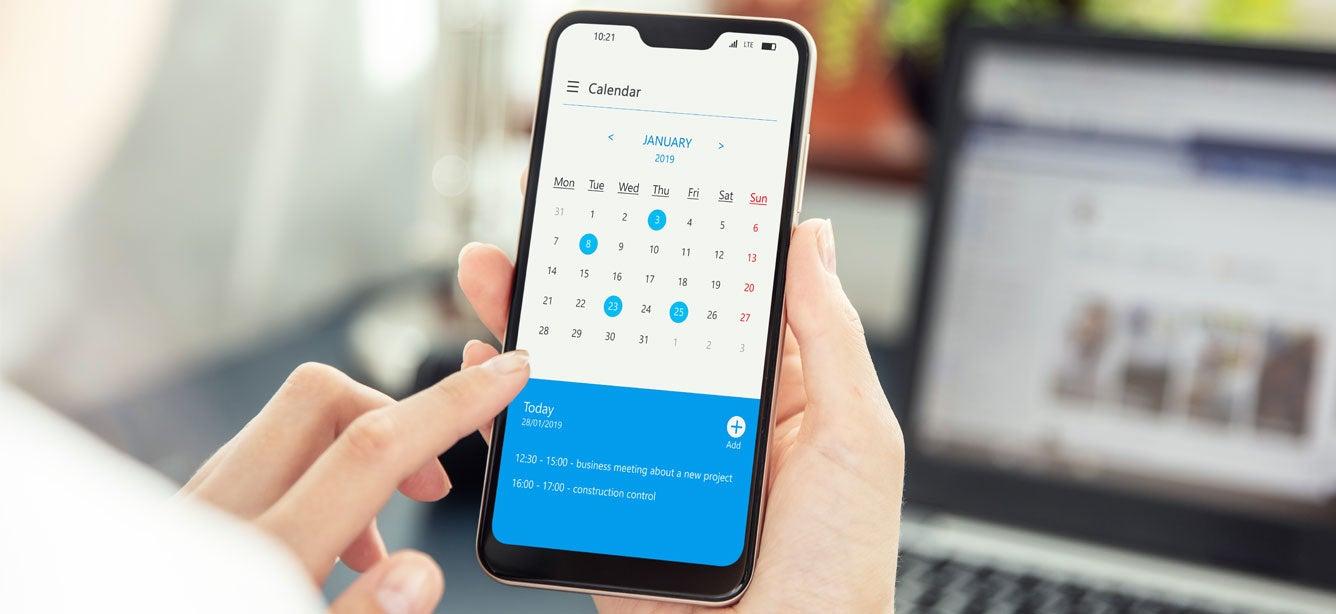
Every year, the General Enrollment Period (GEP) for Medicare occurs between Jan. 1 and March 31. This is the time—and usually the only time—people who are eligible for Medicare Parts A and/or B, but did not enroll when first eligible, have another opportunity to join. It also allows people who missed any Special Enrollment Periods (SEPs) to enroll in Parts A and/or B (also known as original Medicare).
When is the first opportunity to join Medicare Parts A and/or B?
Generally, people are first eligible to enroll in Medicare during their Initial Enrollment Period (IEP). This period starts either three months before a person reaches their 65th birthday—or after two years if they’ve received Social Security Disability Insurance (SSDI) for 24 months prior to age 65 (they should receive their “Welcome to Medicare” kit in months 21 or 22).
During the Initial Enrollment Period, most people who are still actively employed past their 65th birthday and get their health insurance through their employer (or an actively working spouse) can safely delay enrolling in Medicare Part B until the worker retires. However, people who don't sign up for Medicare Parts A and B on time and don't have other insurance through active employment may face a late enrollment penalty.
Usually, everyone who is entitled to Medicare Part A takes it when they’re first eligible. After all, we pay for Part A through a payroll tax deduction while we’re working, and this is why most people pay no monthly premium for Part A. However, some people who are eligible for Medicare Part A—but did not work long enough under our Social Security system—may not be eligible for premium-free Part A. They can still join Medicare but must pay a “voluntary” Part A monthly premium.
During the IEP, the only people who can safely delay enrolling in Medicare Part B and avoid a Part B penalty are those who are still actively employed past their 65th birthday. They must also get health insurance through their employer that covers them as well as any Medicare-eligible spouses and dependent adult disabled children, if applicable. These people may delay Part B enrollment until the worker retires.
Why would someone delay Part B enrollment?
- It’s usually in their best interest to delay until the worker retires, since the employment health insurance usually pays first before Medicare. Also, under most circumstances, it leaves no role for Medicare Part B reimbursement.
- The first six months when your clients have Part B is the easiest time to purchase any Medicare supplemental (Medigap) policy at the lowest possible price and without medical underwriting/pre-existing condition limitations.
For these reasons, most people who are still working past age 65 and get employer health coverage wait until they are getting ready to retire before signing up for Part B. At this point, they get a Special Enrollment Period to do so.
Everyone else should enroll promptly in Medicare Parts A and B when they’re first eligible to do so. Yet, some people don’t do this. The General Enrollment Period gives these people an additional opportunity to join Medicare.
How the General Enrollment Period works
People may use the Medicare GEP to enroll at any time during January, February, or March. Regardless of when they enroll and which parts of Medicare they choose, coverage starts the month after they sign up.
Your clients who enroll in Medicare Part B more than a year after they were first eligible for Part B may pay a monthly late enrollment penalty premium. This amounts to 10% of the standard Part B premium for each full year they delayed. This is a lifetime penalty—meaning as long as they have Part B, they have to pay a penalty unless they:
- Are eligible for a Medicare Savings Program (MSP)
- Were eligible for Medicare due to disability and had to pay premium penalties, and have since turned 65
In these instances, the Part B penalty is waived.
Note: Your clients who are eligible only for premium Part A should know that there is also a late enrollment penalty if they do not voluntarily enroll in Part A within 12 months of their Initial Enrollment Period. The penalty is calculated as 10% of the current Part A premium. Although the Part A premium is not a lifetime penalty like the Part B penalty, your clients would have to pay the Part A penalty for twice the number of years that they should have enrolled in Part A but didn’t. Again, if they are under 65 and have penalties, the penalty will be waived when they turn 65. Or, if they are eligible for the Qualified Medicare Beneficiary Program, also known as QMB, (one of the Medicare Savings Programs that pays for the Part A premium), they will not have to pay this penalty.
Why the GEP is important to your low-income clients
General Enrollment Period and Medicare Savings Programs
Some of your clients may have declined Medicare Part B during their IEP because the premium is expensive. Likewise, some of your clients who do not qualify for premium-free Part A may have chosen not to enroll during their IEP because those premiums are even more expensive. That said, at least three of the Medicare Savings Programs cover the Part B premium and protect your clients from a Part B penalty.
Also, your state can trigger the Medicare Part B enrollment process at any time of year in the course of processing their Medicare Savings Program applications.
Using QMB to get Part A
Medicare Part A enrollment is a prerequisite for Medicare Savings Program eligibility. As we’ve already seen, most people get Part A when they are first entitled. For those who do not have it, the Qualified Medicare Beneficiary Program (QMB) covers the Part A premium. It’s usually necessary to go to the Social Security Administration District Office to enroll in Part A. When your clients want to enroll in Part A (but only if QMB will cover the premium cost), they can tell the Social Security claims representative they want “conditional enrollment.” This means if they do not get QMB, their Part A enrollment will not go through.
Your clients should take the documentation they are given at the Social Security office to the Medicaid eligibility office and submit it along with their Medicare Savings Program application. This procedure can be challenging and there is a clear role for benefits counselors to assist in navigating through it.
General Enrollment Period, QMB, and Part A
In most states, your clients may use the Medicare Part A “conditional enrollment” procedure at any time of the year. There are, however, some states in which your clients are limited to using it only during the GEP. These 14 states include: Alabama, Arizona, California, Colorado, Illinois, Kansas, Kentucky, Missouri, Nebraska, New Jersey, New Mexico, South Carolina, Utah, and Virginia.
If you are located in one of these states, the GEP would be a good time to create an outreach campaign targeting those who are eligible for but not enrolled in Medicare, especially those who may qualify for the QMB program. Be prepared to assist them through their Medicare and QMB application processes.
Medicare General Enrollment Period and Medicare Part D
Your clients who enroll in Medicare Parts A and/or B during the GEP also get a related Part D Special Enrollment Period to pick up prescription drug coverage. This SEP begins the date they submit their application for premium Part A or Part B and lasts for the first two months of enrollment in Part A and/or Part B. This prescription drug coverage begins the first day of the month following the month they enroll in Part D.
Want to help your clients make informed Medicare decisions? Find more resources on Medicare Enrollment Assistance for Older Adults.




